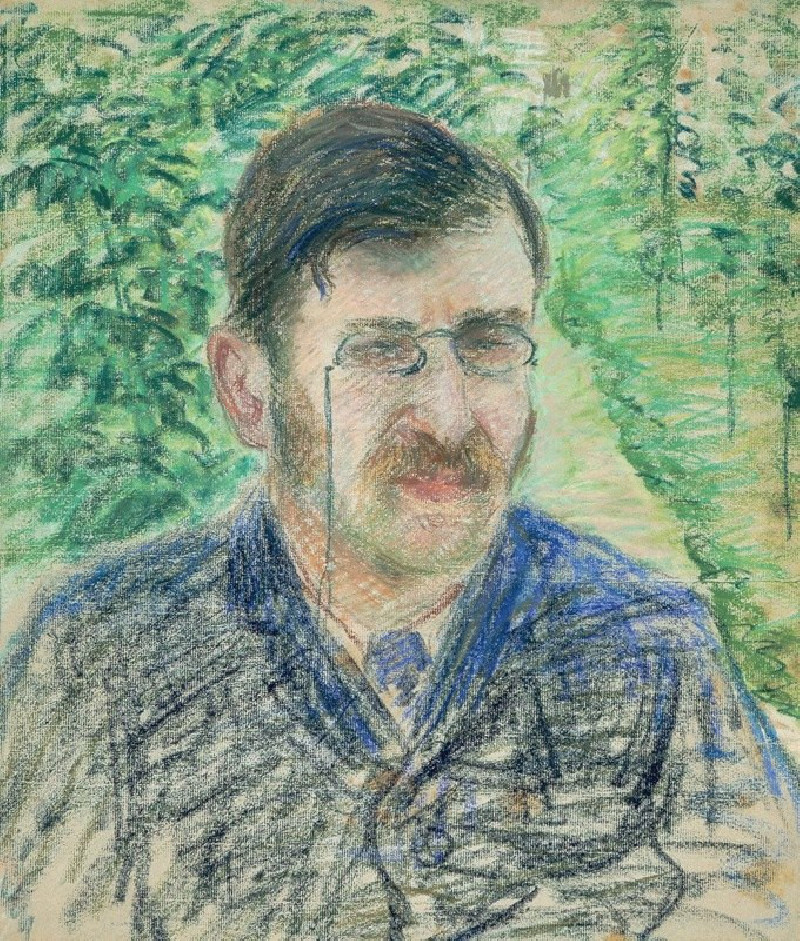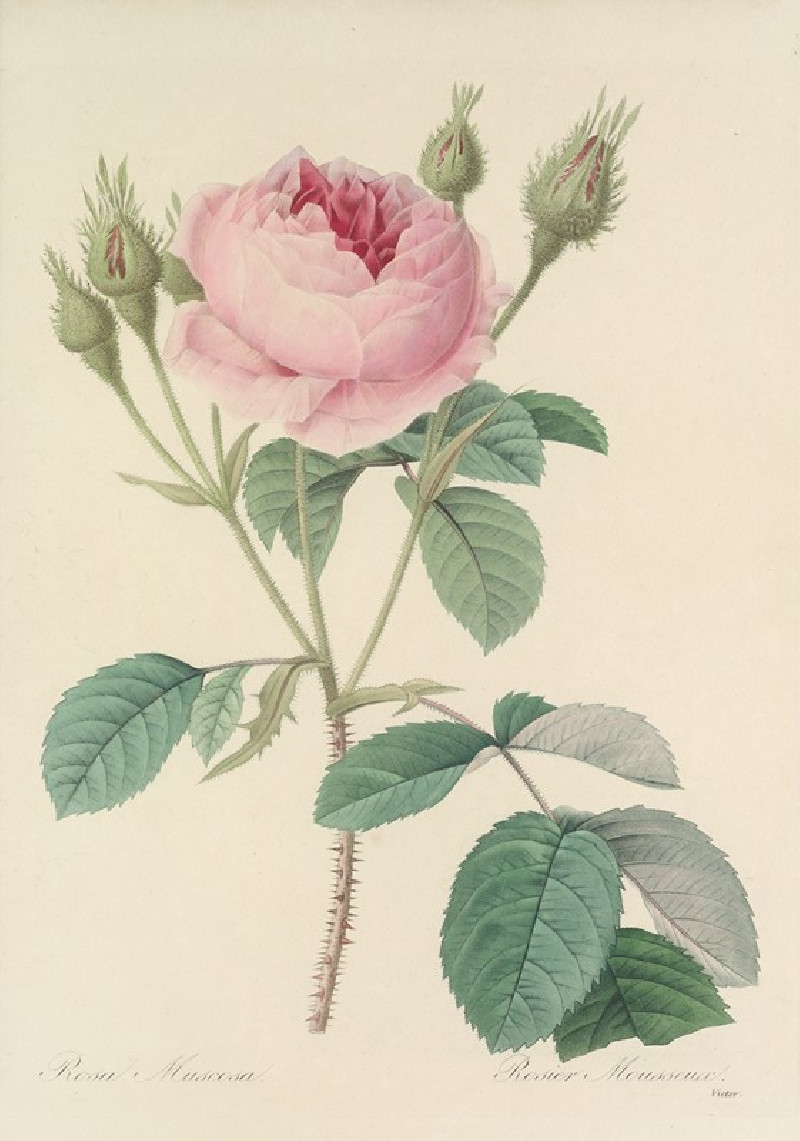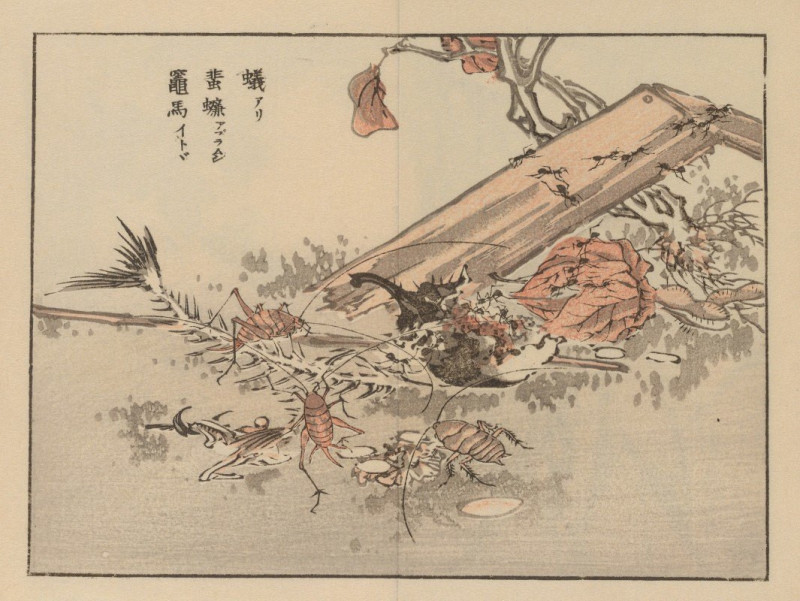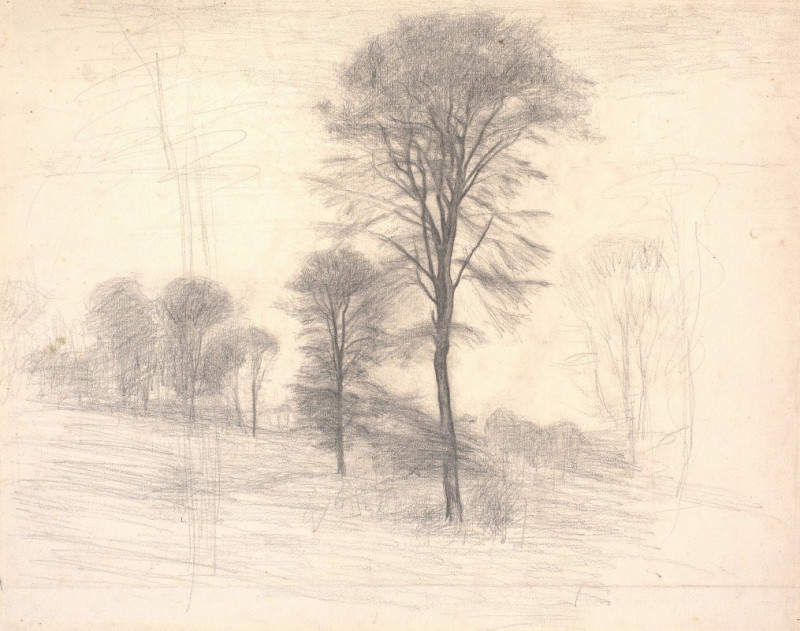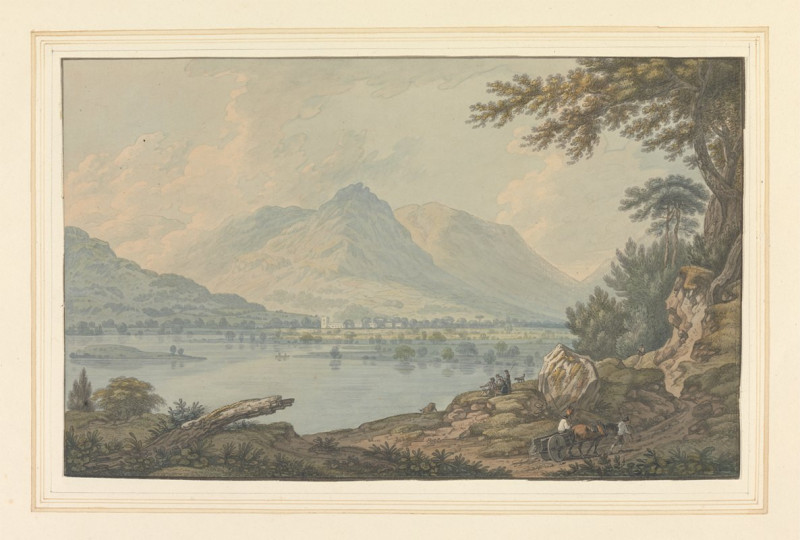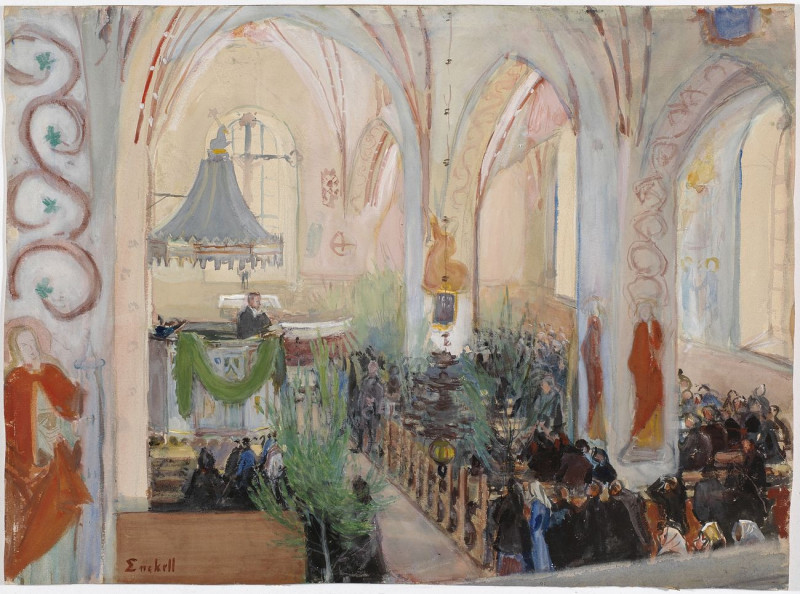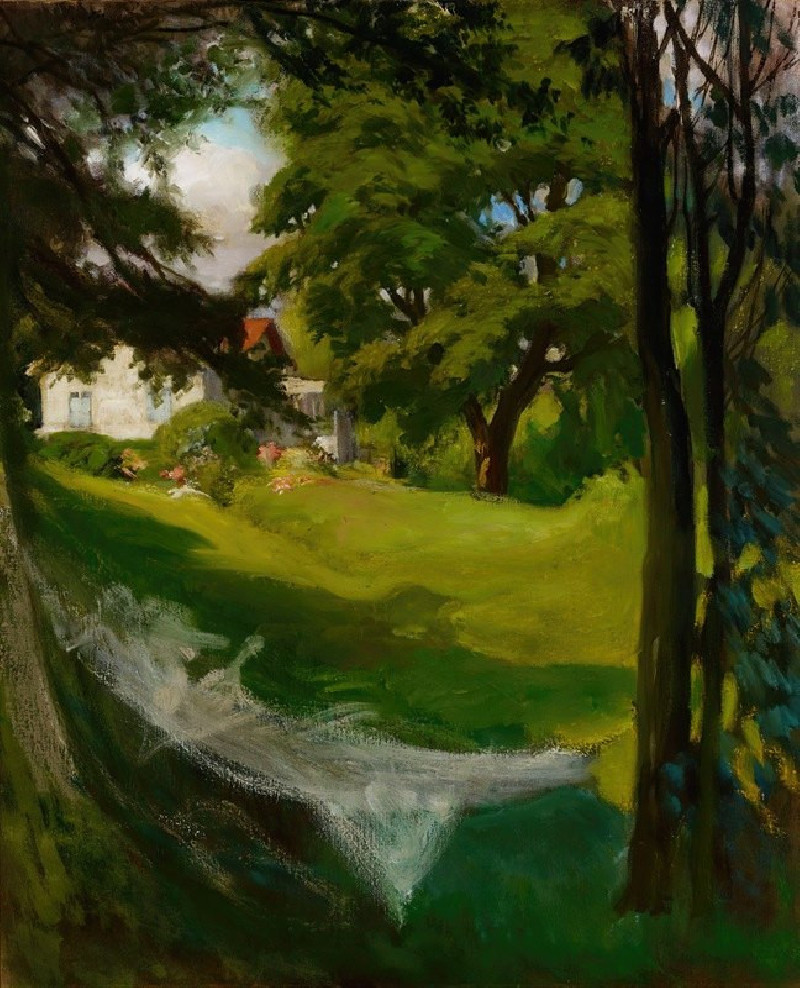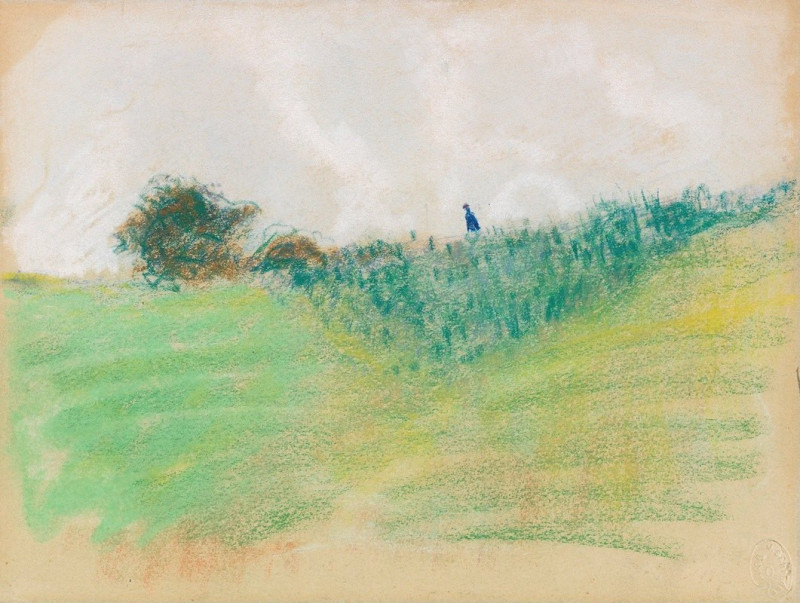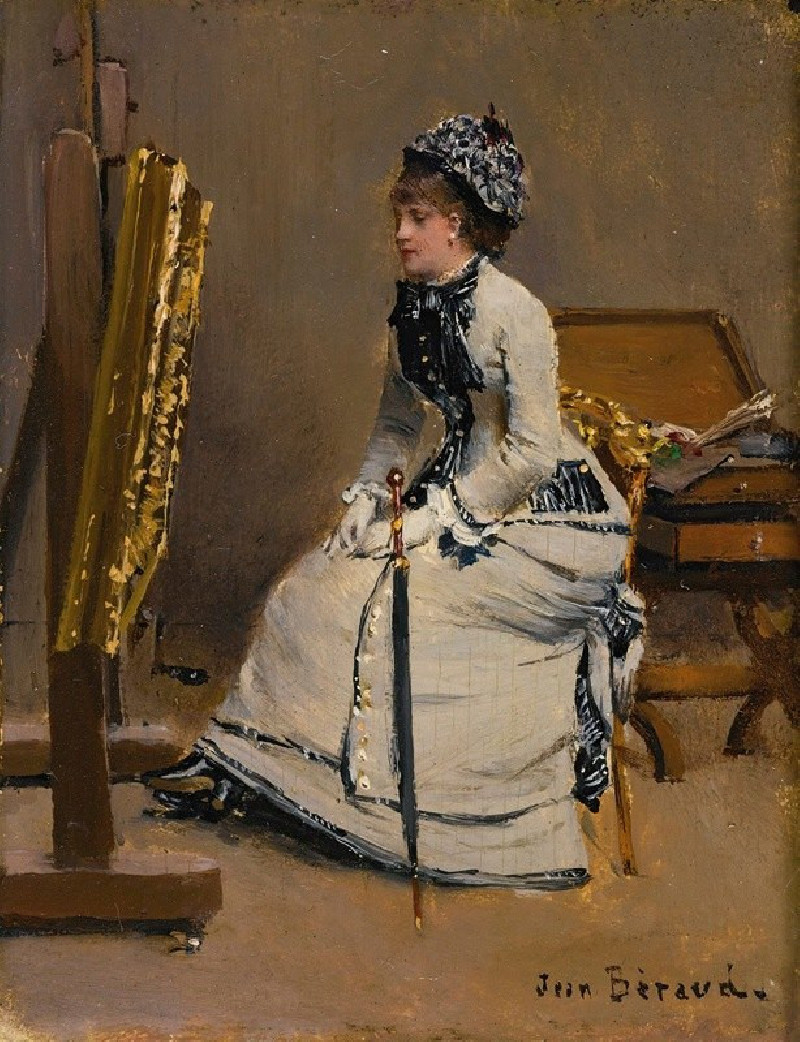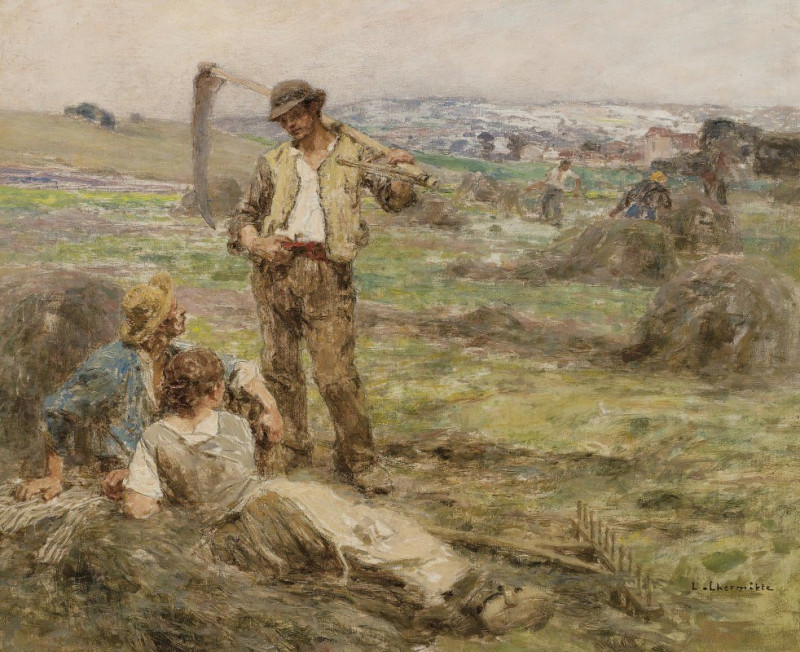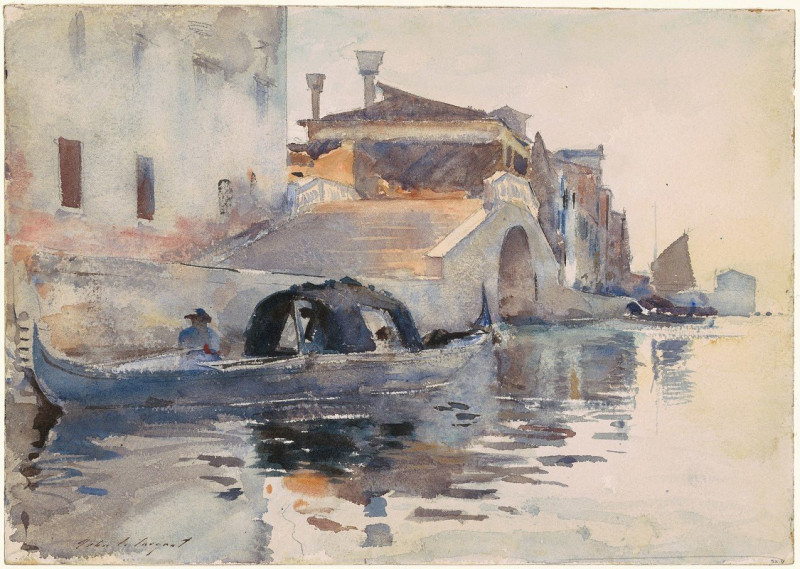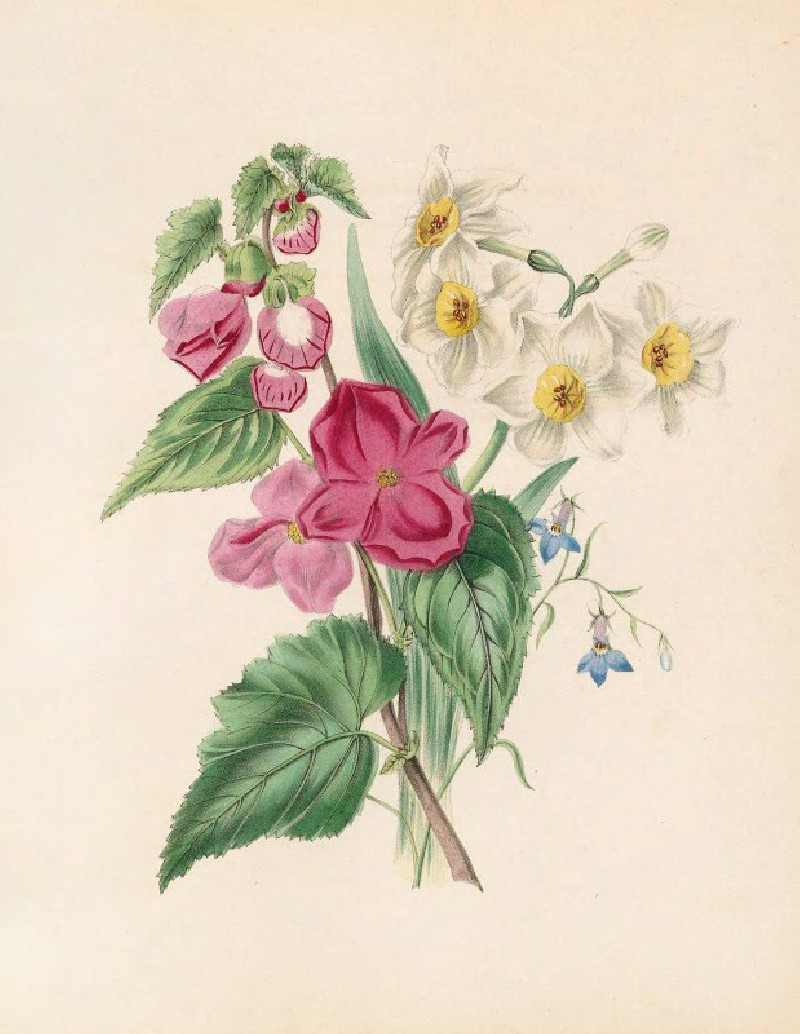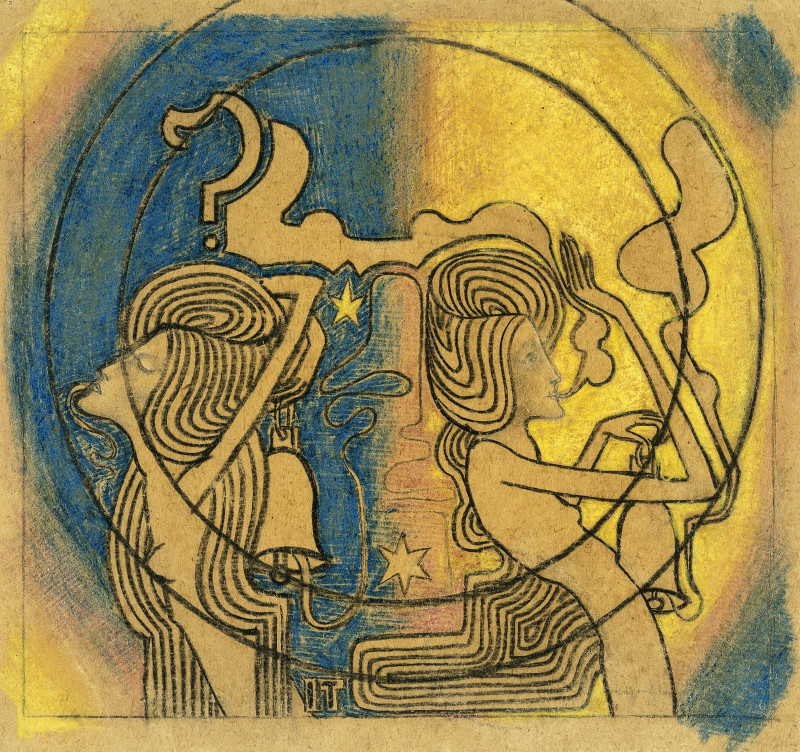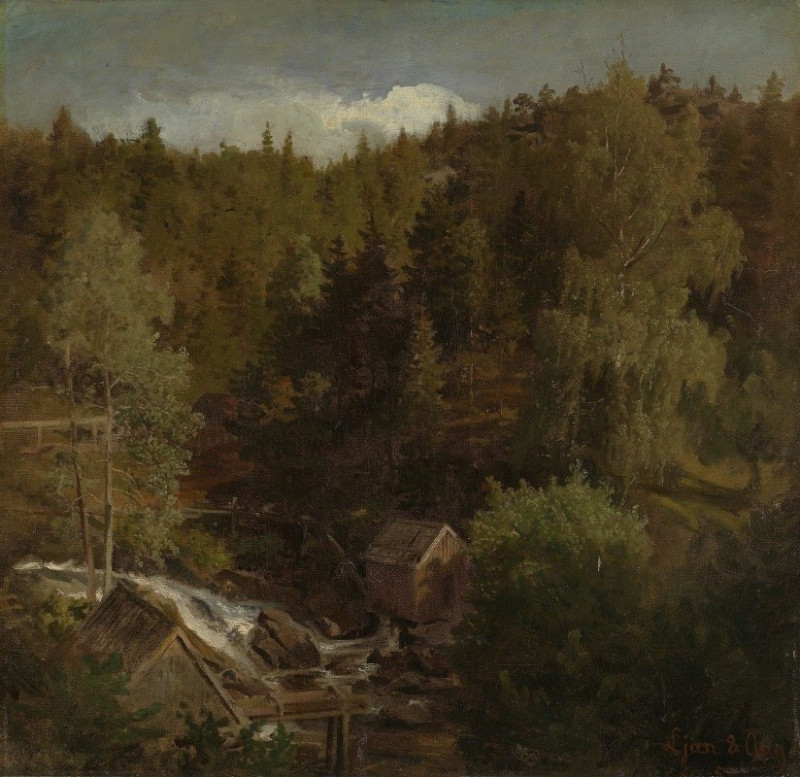Portrait d’Alfred Isaacson (circa 1883)
Technique: Giclée quality print
Recommended by our customers
More about this artwork
The painting "Portrait d’Alfred Isaacson" by Camille Pissarro, painted circa 1883, captures the essence of the subject with a remarkable intimacy and detail. Depicting Alfred Isaacson, a notable figure during Pissarro's time, this artwork showcases the artist’s skill in portraiture, set against a lush backdrop of greens and blues.In this work, Pissarro employs a unique blend of impressionist and post-impressionist techniques. The subject, Alfred Isaacson, is portrayed with soft yet distinct pastel strokes, emphasizing the texture of his facial features and the informal attire he dons. His expression is thoughtful and slightly introspective, suggesting a moment of calm or reflection. His gaze does not confront the viewer directly, adding a layer of introspection and quiet dignity to the piece.The vibrant background composed of various shades of green, with hints of blue, seems almost alive, representing the natural environment typical of Pissarro’s works. This setting not only contextualizes Isaacson but also complements the overall serenity of the composition.This painting is not just a visual representation but a narrative piece that offers a glimpse into the personal life and social context of the era. Pissarro's choice of color, technique, and composition makes "Portrait d’Alfred Isaacson" a valuable piece for appreciating the interplay between character depiction and environmental integration in art.
Delivery
Returns
Blessed are they who see beautiful things in humble places where other people see nothing. — Camille Pissarro
Camille Pissarro (1830-1903) was born on St.Thomas (now the US Virgin Islands) to a Portuguese father and a Dominican mother. He went to Paris to study art at Ecole des Beaux-Arts. He was an early pioneer of pointillism and neo-impressionism and later became a mentor of many famous impressionist painters including Cezanne, Manet, Renoir, and Gauguin. His paintings depicted rural and urban French landscapes and lifestyle. Many of his works politically captured images of peasants and laborers. Today, he is considered the father of impressionism.

